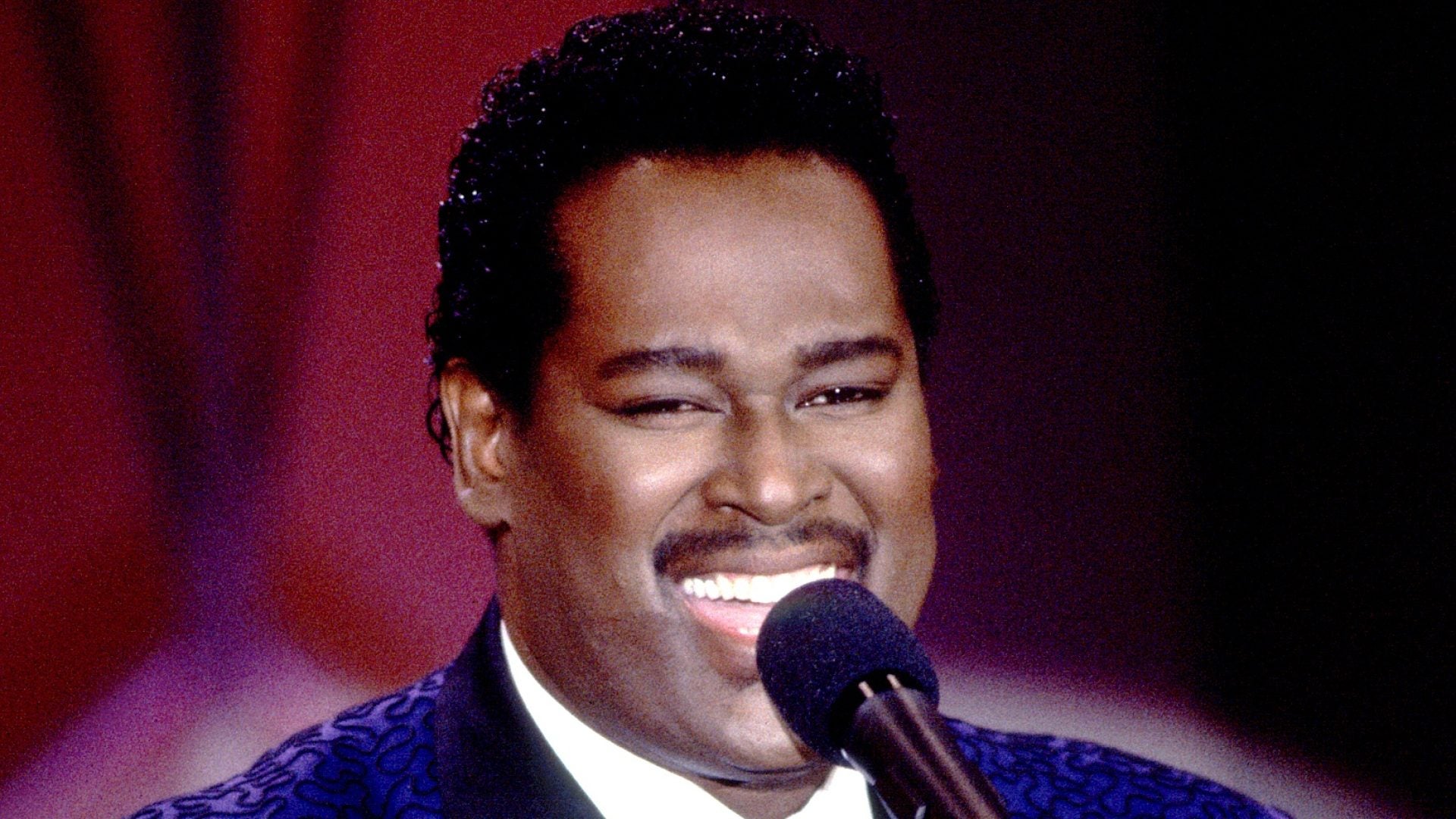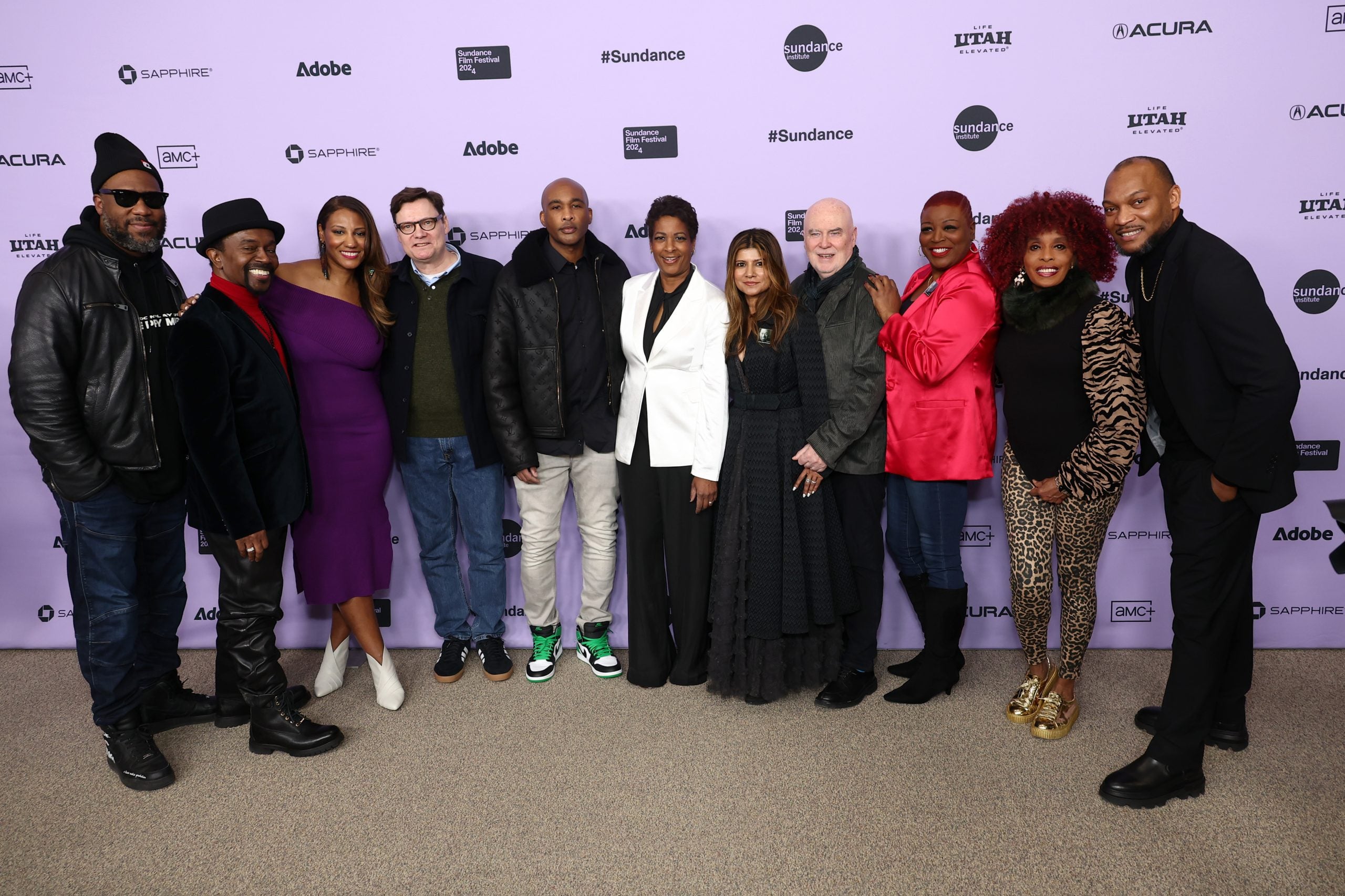
I don’t remember when I first heard Luther Vandross. Maybe it was in the kitchen, while my mom was making dinner. Or in the back of my parents’ Volvo station wagon, when I was on the way to school. Maybe I was alone when it happened, on one of the many nights I spent falling asleep to Deliliah on the radio. I don’t remember the moment, not because it wasn’t not significant. Nothing about Vandross’ was insignificant. I don’t remember because his music is so intertwined with my childhood and life. I don’t remember a time before understanding the meaning and power of music thanks to the man known as the Velvet Voice. Luther, to me, is as enigmatic and crucial to the human condition as music itself.
When I heard that a documentary about Vandross was set to premiere at the Sundance Film Festival, it quickly became the film I was most excited about — and skeptical about. How do you capture a once-in-a-generation talent, who made a deep imprint on music and culture? It’s an enormous task, one that could easily go wrong and cause an uproar amongst Vandross fans. Getting it right was paramount, and boy, did documentary filmmaker Dawn Porter get it right with Luther: Never Too Much.
The documentary, which follows the singer’s life and career, from his obsession with ‘60s Black music as a young Bronxite to his heartbreaking death in 2005. Porter, who’s behind other powerhouse documentaries like Gideon’s Army (2013), Trapped (2016), and John Lewis: Good Trouble (2020), is well-equipped to tell Vandross’ story. She does so with flair, passion, and respect.

The energy in the theater was palpable. It kicked off with a charming cameo by Jamie Foxx, who served as a producer on Luther with producing partner and Sundance veteran Datari Turner, that set the tone for the documentary, and by the time it was in full swing, the theater was buzzing.
After showing behind-the-scenes footage of Vandross rehearsing and performing his cover of “Ain’t No Stoppin’ Us Now,” Luther rewinds the clock and introduces us to a young version of the singer. We see him obsessively watch Diana Ross, Roberta Flack, and The Temptations perform on TV. He studied their tonality and how they commanded the stage. In an interview clip from years later, he shares that this time in his life when he decided performing was the only thing he wanted to do with his life.
Luther takes viewers on a rollercoaster of joy retelling Vandross’ journey to stardom from the late ‘60s to early ‘80s. Porter shows Vandross unbelievable musical prowess, not just as a vocalist, but as a producer and composer, too. Interview clips of rockstar David Bowie gushing over Vandross, and his influence on his “Young Americans” drive home that “Power of Love/Love Power” vocalist was nothing short of a musical genius. The latter is cemented as truth when Porter reveals how Vandross’ “Never Too Much” came to life. Vandross had a clear and full vision of the song, which was unlike anything playing on the radio at the time. And when he put the pieces together, magic erupted.
But this time in the singer’s life is not without its struggles. Luther doesn’t not shy away from the hardships in his life, and how the media often cheapened his accomplishments by fixating on his weight. In several clips shown in the documentary, Vandross confesses that he’s an emotional eater, and talking about it publicly isn’t easy for him. His friends and collaborators support his diagnosis, sharing that they always knew whenever Vandross was on the heavier side, he wasn’t in a great place mentally or emotionally.
Porter also makes a point to uncover Vandross’ fight to get the respect he deserved in the music industry. At this point, he’s selling millions of records and selling out shows, but he’s still getting a third of the budget that his white counterparts are receiving. His music is not charting on the pop charts, because the industry is labeling him as a “Black singer.” By the time Luther shows the singer winning his first Grammy award for Best Male R&B Vocal Performance in 1991, an honor that’s way over due, you’re cheering and jumping for joy.
Luther takes a more somber tone when addressing his own love life. The irony of a vocalist known for his love songs not experiencing his own love is heartbreaking. Porter shows a clip of Vandross sharing that his favorite song in his discography is “Any Love,” because it’s the most autobiographical effort in his repertoire. “I’m still waiting,” Vandross says in an interview included in the documentary. “The time that was spent being in love was unfortunately always unrequited.”
The film addresses Vandross’ sexuality with care and intention, and it’s the most commendable part of Luther. Rather than impose any type of conclusion about whether or not he identified as gay, Porter honors Vandross’ desire to keep his private life private. “I think because of the stigma back then, if he was gay, the thought of ‘coming out,’ he couldn’t bear it. He’d rather be alone than have that stigma attached,” commercial producer Deborah McDuffie, says in the documentary.
There wasn’t a dry eye in the house when Luther tackles Vandross’ final days. The singer had his first stroke in 2003, which his personal assistant Max Szadek, painfully recounts in the documentary. The film races through the next two years of his life, which were marked
The documentary ends as joyously as it begins, with that incredible music, and that incredible voice. As a special treat for premiere attendees, Vandross’ background singers who participated in the documentary put on a special performance of a selection of his hits. Everyone was on their feet, and the theater radiated love and gratitude. That’s the effect of Luther. It will deepen your appreciation for a sensational performer and remind you of the extraordinary, and everlasting, power of love.







